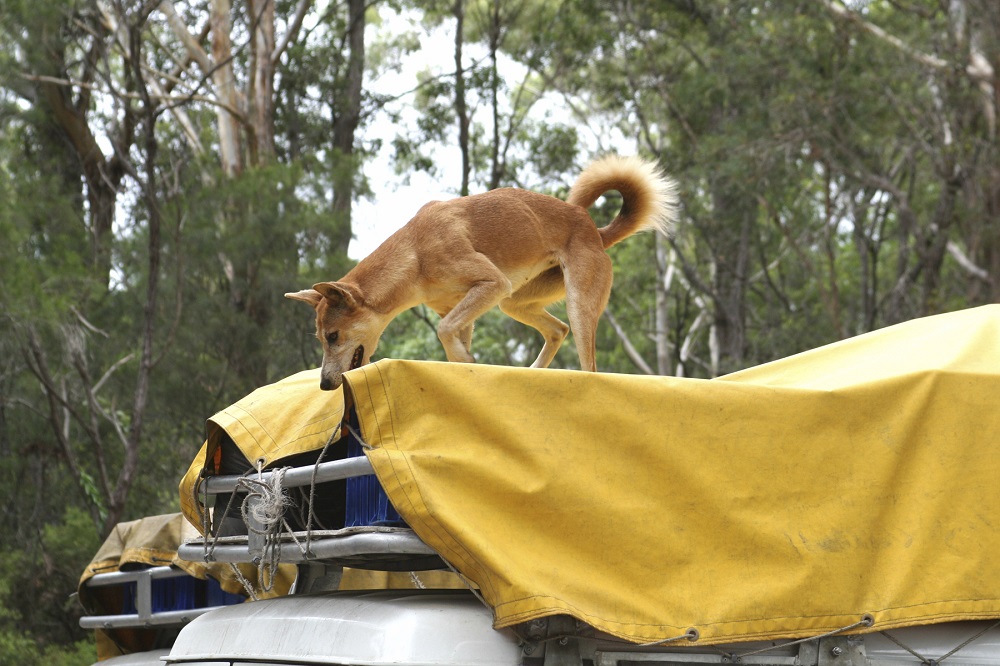The Trigger Action Response Plan (TARP) is a fairly common tool in the mining industry. In particular, it’s used for managing critical situations from a mine operations safety point of view.
A typical TARP document sets out a certain set of conditions (or “triggers”) and a set of actions which mine managers and supervisors must follow when those trigger events occur. TARPs also typically include a number of different trigger levels, each with a set of responsibilities assigned to mine personnel to action as necessary.
The general idea behind having a TARP in place is that it greatly reduces the need for mine management to waste valuable time thinking about what must be done in response to emergency-type situations, when there’s often little or no time to formulate a plan. So when such a situation arises, all the manager needs to do is take the prescribed actions to respond to the particular trigger level, as specified in the TARP.
All of this is great stuff and the TARP is so widely used because it’s a really good tool for risk management in the operational mine safety context.
But lately, I’ve been thinking about TARPs in a slightly different context.
We’re all aware that times are pretty tough in the global mining game right now. Low commodity prices, the China growth story, world geo-politics, the climate change debate – all of these things seem to be conspiring to produce some pretty strong headwinds for miners these days. But almost everyone who’s been in the industry long enough understands the fundamental principle that mining is essentially a cyclical industry. Sometimes things are good, and sometimes they’re not so good. The key is to try to understand where you are in the cycle for your particular commodity or commodities and to make sure you do your strategic scenario planning well enough to understand the risks and opportunities for your business in the context of this understanding.
So, how does this relate to TARPs, you may ask?
I’ve been considering how we could turn the TARP principles around a bit, and use a TARP to help us assess our opportunities as we come out of the downturn and get back into “things are looking up” mode. So, rather than laying off your strategic planners because they don’t directly contribute to getting the tonnes out the door in the short term, why not consider re-directing their expertise to plan for the eventual recovery in the industry? They could devote their time to developing a TARP that defines the triggers that signify an upturn in the cycle. Establishing relevant responses to the triggers could be instrumental in helping your business make the most of the opportunities that the inevitable upturn will present.
